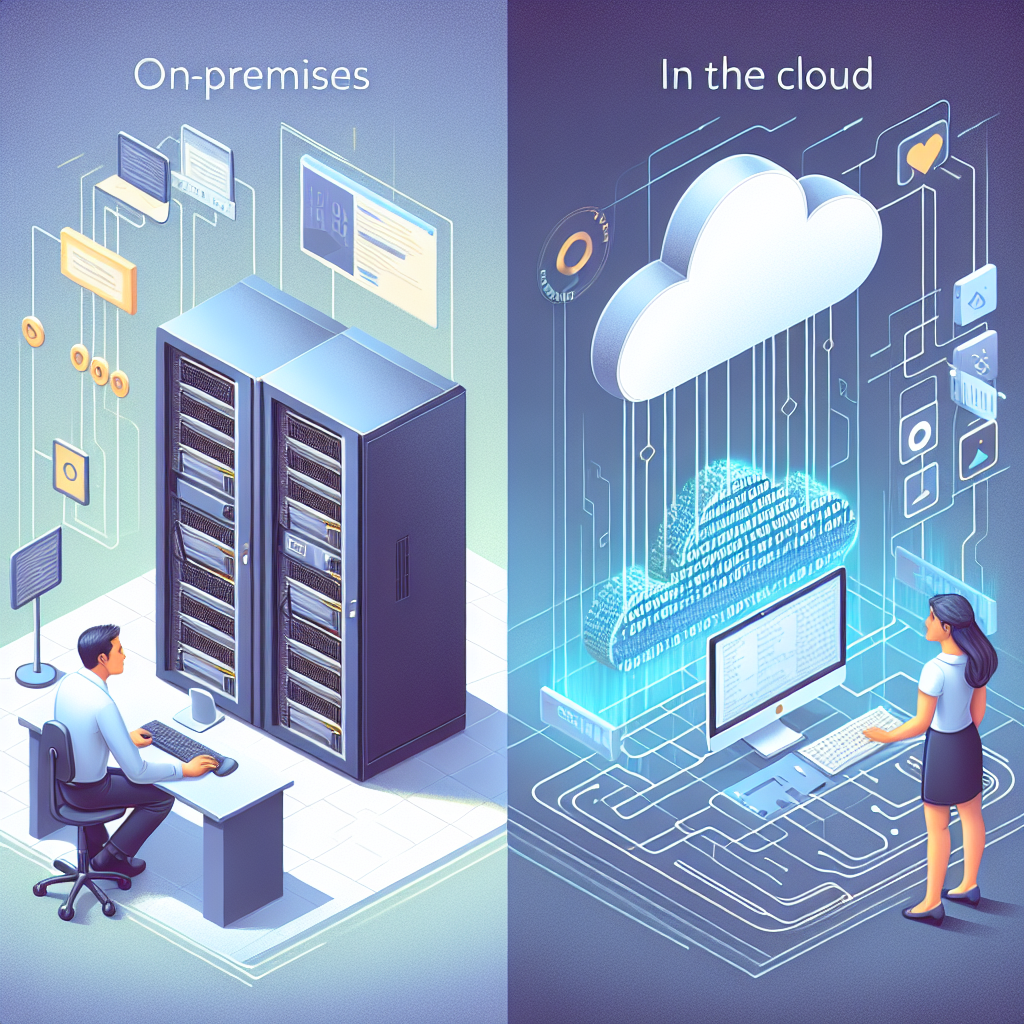
Self-Hosting Open Source Software On-Premises vs. In the Cloud
by bernt & torsten
The allure of open-source software is undeniable. You get powerful applications with complete transparency and the freedom to customize them to your needs. But where do you run them? This article explores the two main options for self-hosting open-source software: on your server or in the cloud. We'll delve into the security considerations, operational costs, and other factors to help you decide which approach is best for you.
On-Premises: A Fort Knox for Your Data (But You're the Guard)
Imagine a physical data center, a room humming with servers dedicated solely to running your open-source applications. This is the essence of on-premises self-hosting.
Pros:
- Security: You have complete control over the physical security of your servers and network. This can be a major advantage for organizations with highly sensitive data.
- Customization: You can tailor the hardware and software to your specific needs. This flexibility allows you to optimize performance and resource allocation.
- Cost (potentially): If you have a high and consistent workload, purchasing and maintaining your own hardware over time can be more cost-effective than renting cloud resources.
Cons:
- Security (also a burden): The responsibility for security patches, vulnerability management, and incident response falls entirely on you. This requires significant technical expertise and constant vigilance.
- Upfront Cost: Setting up your own data center requires a substantial upfront investment in hardware, software, and facility infrastructure.
- Maintenance: You're responsible for hardware maintenance, power outages, and other physical issues.
Cloud-Based Self-Hosting: Flexibility with a Shared Roof
Cloud providers offer virtual servers and storage that you can rent to run your open-source software. It's like having a dedicated server space in a giant, professionally managed data center.
Pros:
- Lower Upfront Cost: You don't need a large initial investment. You only pay for the resources you use, making it a good option for startups or those with variable workloads.
- Scalability: Cloud resources are easily scalable. You can quickly add or remove resources as your needs change.
- Management: Cloud providers handle most of the infrastructure management, freeing you to focus on your applications.
Cons:
- Security: While cloud providers offer robust security features, you are ultimately sharing the physical infrastructure with other tenants. This may raise concerns for some organizations.
- Vendor Lock-In: Migrating your applications to a different cloud provider can be complex and expensive.
- Cost (over time): For consistent, high workloads, the cost of renting cloud resources can be higher than owning your own hardware over the long term.
The Right Choice for You
The decision between on-premises and cloud-based self-hosting depends on your specific needs and priorities. Consider these factors:
- Security Requirements: How sensitive is your data? Do you require absolute control over its physical location?
- Technical Expertise: Do you have the in-house skills to manage your own data center infrastructure?
- Budget: What is your upfront budget and your anticipated workload over time?
- Scalability Needs: Do you expect your workload to fluctuate significantly?
For organizations with highly sensitive data and the technical expertise to manage their infrastructure, on-premises self-hosting might be the way to go. However, for many, the flexibility, lower upfront cost, and cloud managed services offer a compelling alternative.
The best approach is the one that gives you the control, security, and scalability you need to run your open-source software effectively.

Tenth consecutive monthly heat record
Staggering statistics reveal that March brought us the 10th consecutive global heat record,...

Navigating the Complexities of Software Environments
In the dynamic realm of software development, the transition from one company to another is...

Spotting Fake Knowledge in Software Development
The internet democratized information access. Anyone can delve into seemingly complex topics,...